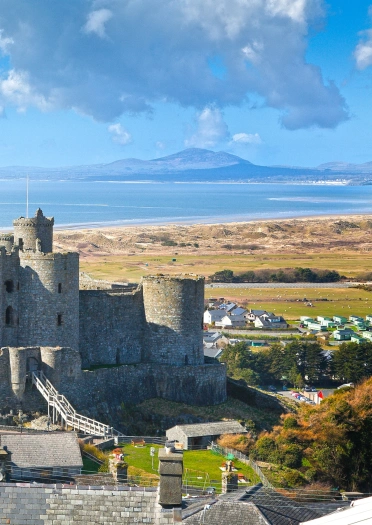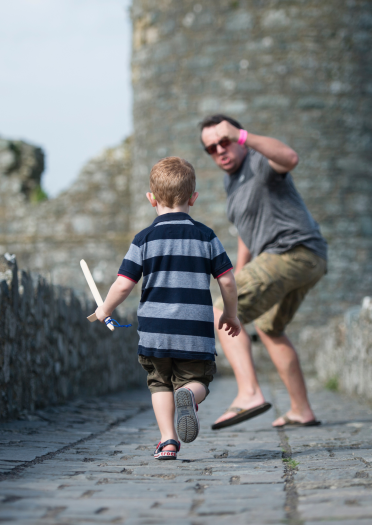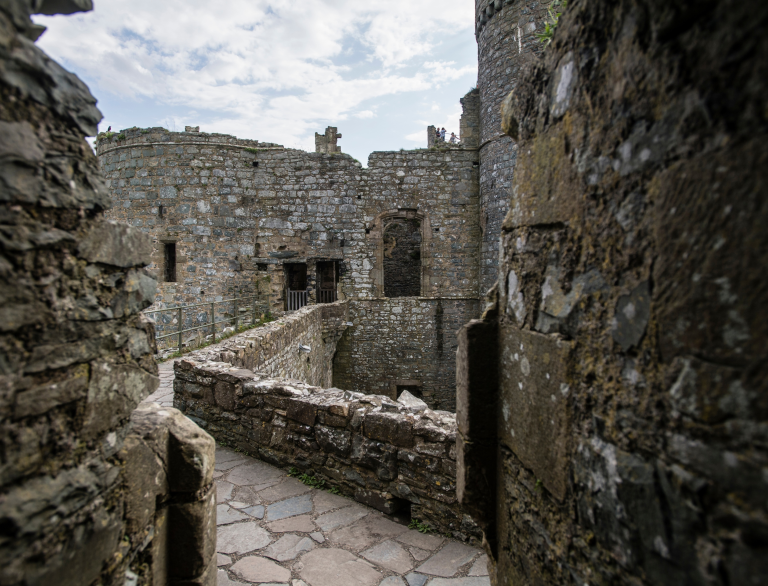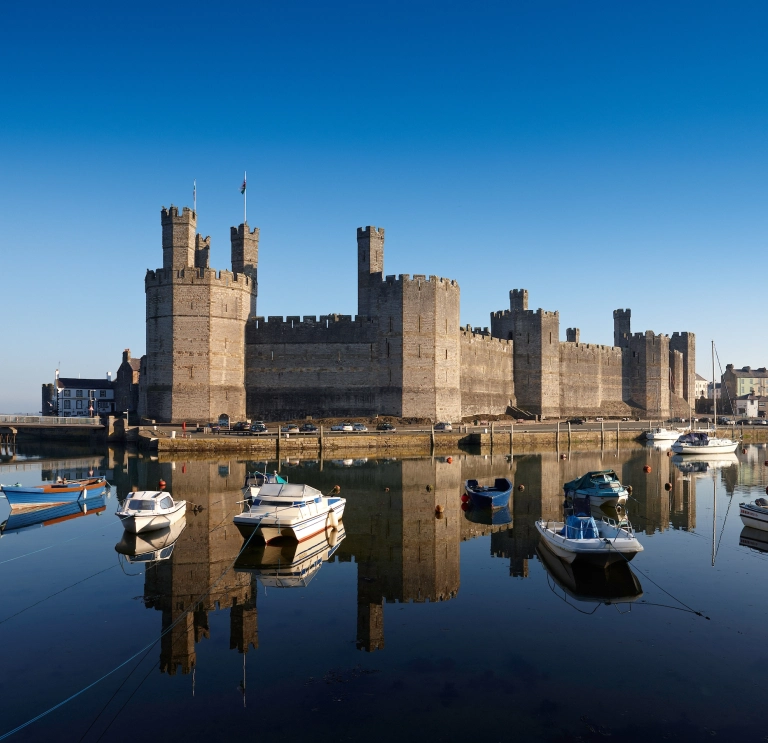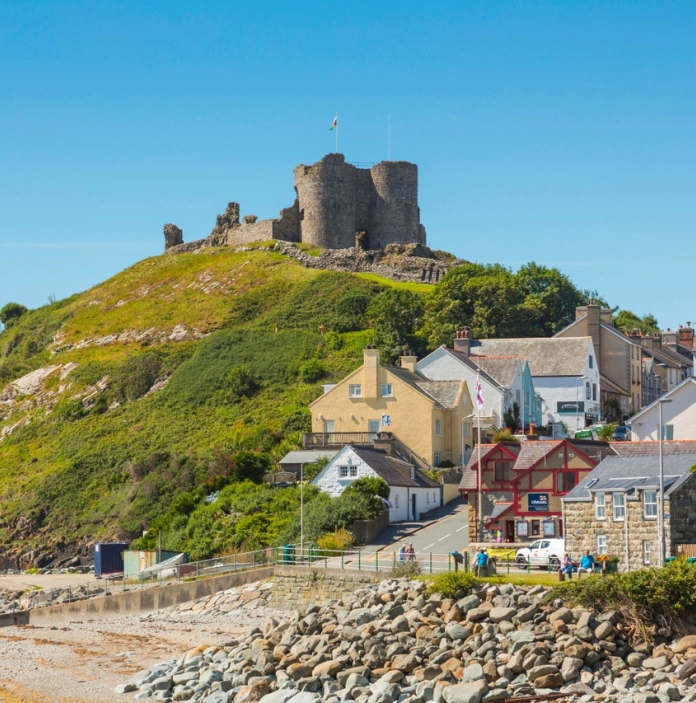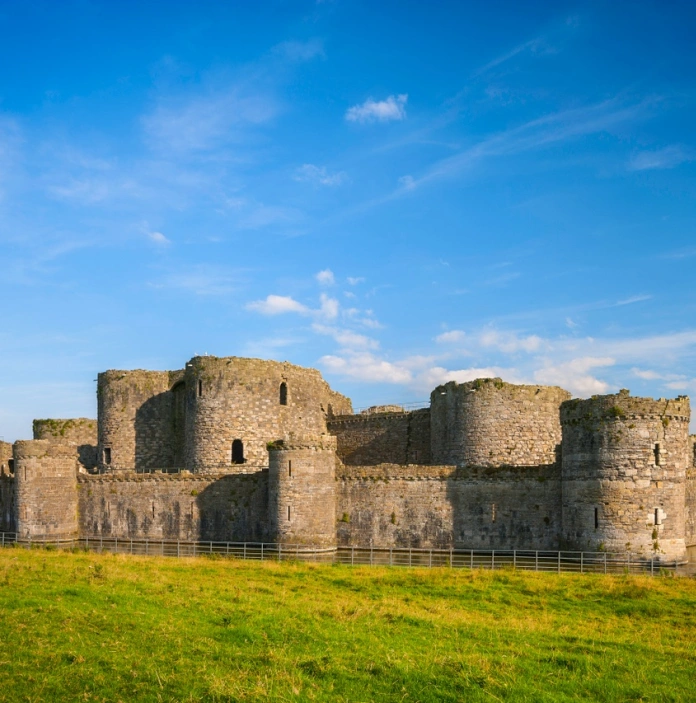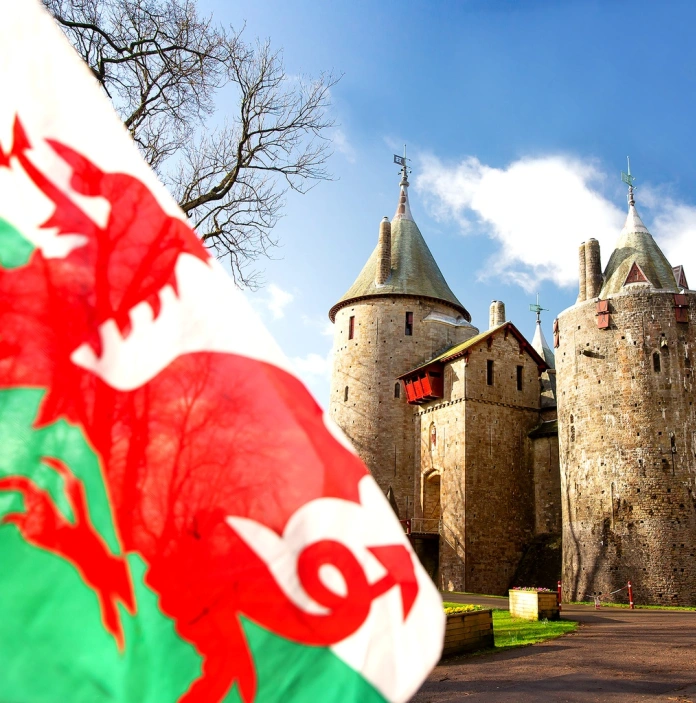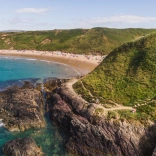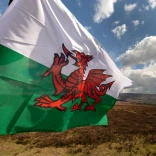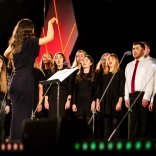Wales truly is castle country, with more than 400 to see at last count. Some have been lived in continuously for a thousand years, while others are battle-scarred forts, preserved as the finest examples of medieval military architecture in Europe. Many are native Welsh castles, built by Welsh royal dynasties, while others were constructed by various invading forces throughout history.
It would be near-impossible to delve into the merits of each of these momentous monuments, but to whet your appetite for what Wales has to offer on the fortress front, here are 12 standout examples of astounding castles from around the country.
Cardigan Castle
The Lord Rhys (Rhys ap Gruffydd, 1132-1197) built the first stone castle at Cardigan and, to celebrate its completion in 1176, held a gathering of musicians and poets. This was the first National Eisteddfod, a tradition that continues to this day.
The castle’s original stone walls hide a Georgian Mansion, now filled with interactive exhibitions about the castle’s history, as well as event space, accommodation options and a lovely restaurant with views over the River Teifi. There’s also the castle’s Grade II-listed gardens to wander through, home to 130 varieties of plants and dotted with art sculptures.
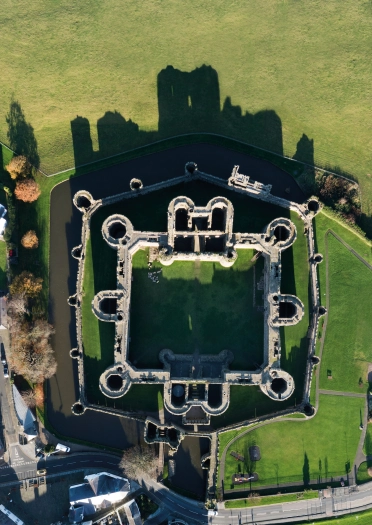

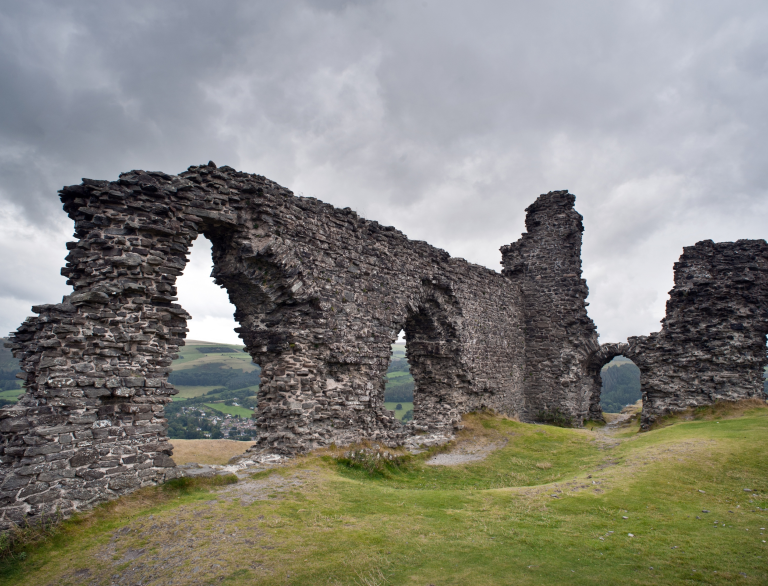
Dinefwr Castle
Dinefwr was the power-base of the Kingdom of Deheubarth, which ruled over South West Wales for almost 300 years in the 10th to 12th centuries. It was the main seat of Hywel Dda (Hywel the Good) who first codified native Welsh law.
The castle’s ruins sit in a wooded nature reserve, providing visitors with superb views of the Tywi Valley from atop the castle’s mighty walls. Nearby, the ‘new’ castle, built in the 1600s, is run by the National Trust. Both are easily reached on a circular walk from Llandeilo.
Castell y Bere
Built by Llywelyn the Great in the 1220s, Castell y Bere was a remote outpost on Llywelyn’s southern frontier. It guarded his cattle range, protected the homeland of Gwynedd, and dominated the neighbouring lordship of Meirionydd.
The castle was captured by the Normans in 1283 and abandoned; its ruins, including the remains of circular towers and a large well, stand guard over a serene valley at the foot of Cader Idris in southern Eryri (Snowdonia).
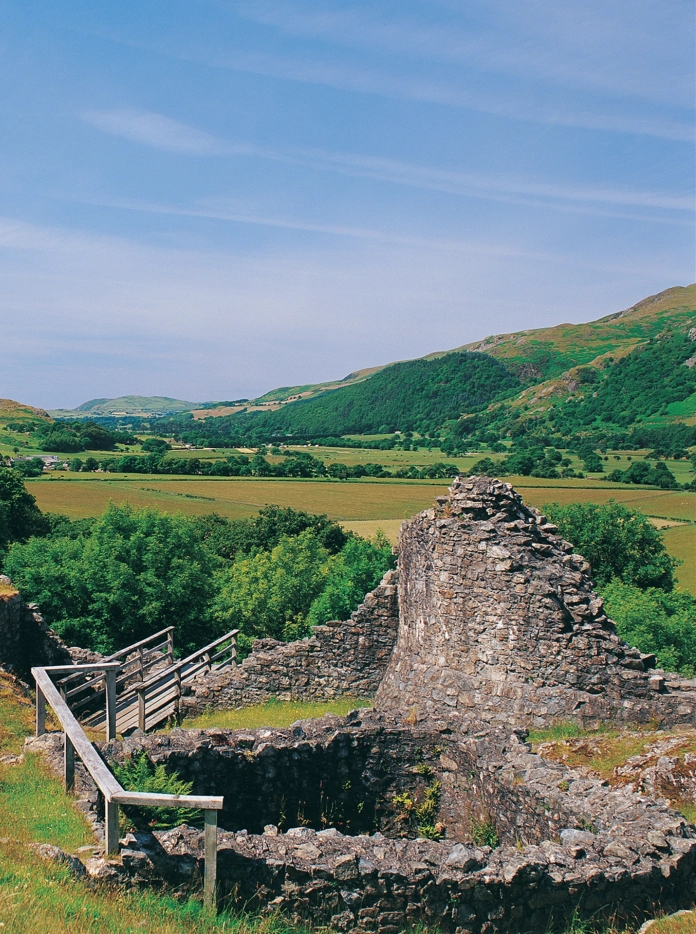
Carew Castle
With its round turreted towers and wide interior courtyards, Carew Castle sits pretty on the banks of an old tidal mill in Pembrokeshire. These were the ancestral lands of Princess Nest, a famous 11th-century beauty from the Deheubarth dynasty who controlled south west Wales from 920 to 1197.
Nest bore at least nine children to five different noblemen, and a number of illustrious families are said to be able to trace their lineage back to her, from George Washington to Princess Diana.
Powis Castle
The original Powis Castle was built by Welsh prince Gruffydd ap Gwenwynwyn in the 1280s, but the present magnificent fortress-with-gardens owes its splendour to the wealthy Herbert family.
The Herberts purchased the castle in 1587 and owned it until it was bequeathed to the National Trust in 1952. The family were responsible for remodelling the property’s luscious gardens and reinstating the 17th-century style décor in many of the luxurious staterooms, which remain bedecked with paintings, tapestries, furniture, and sculptures, and are open to guests to nose around.
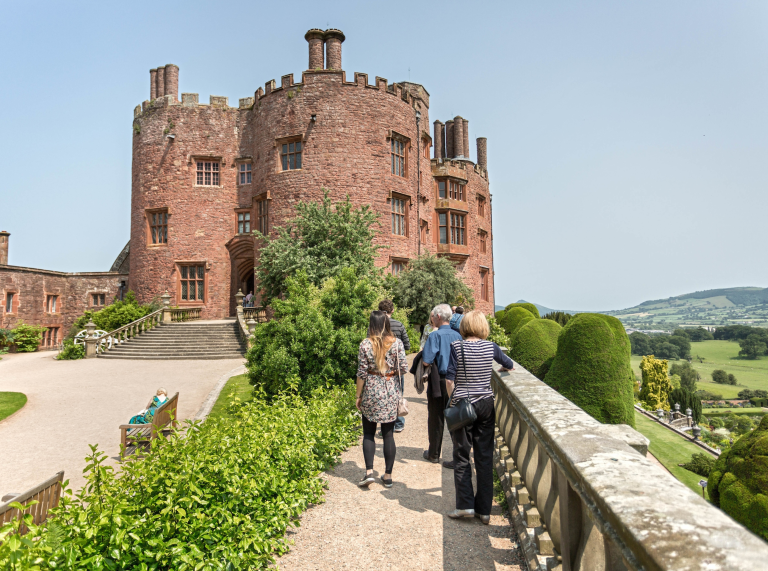
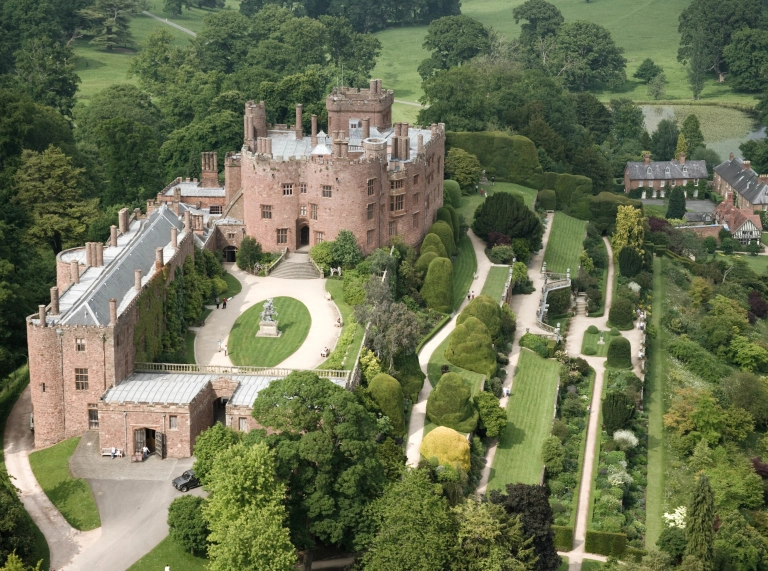
Laugharne Castle
Still casting a long shadow over the pretty Tâf estuary, which it has stood guard over for 800 years, Laugharne Castle is perhaps the most fought-over of all the forts in Wales.
The original Norman castle was captured and destroyed by Rhys ap Gruffudd of Deheubarth in 1189; a rebuilt castle was seized by Llywelyn the Great in 1215. It changed hands twice during the Civil War before being captured and partially destroyed by Royalist forces. The artist JMW Turner painted the ruins, and the poet Dylan Thomas spent time writing in its Victorian garden, shaded by its cloud-scuffing stone towers.
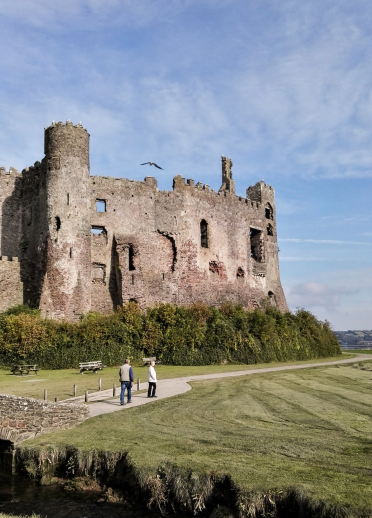
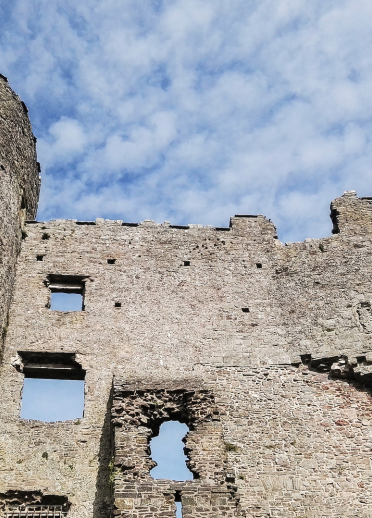
Cardiff Castle
The historic centrepiece of our modern capital city, Cardiff Castle has Roman foundations, an 11th-century Norman keep and an outer wall topped by intricately-carved, glass-eyed animal statues, which have been capturing young Welsh imaginations for generations.
Inside the castle are a number of sumptuous Victorian-era apartments, decorated by the 3rd Marquess of Bute (1847-1900), who, at the time, was considered to be among the richest men in the world. Bute was also responsible for the transformation of Castell Coch, a few miles north, into a lavish fairytale castle.
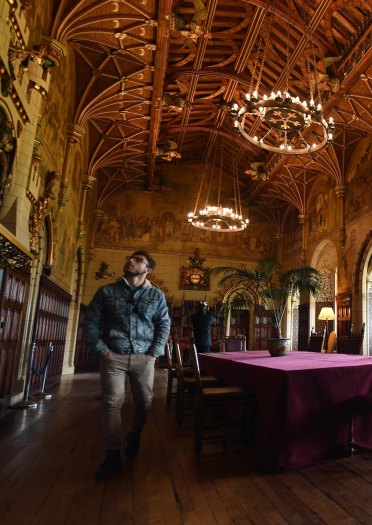
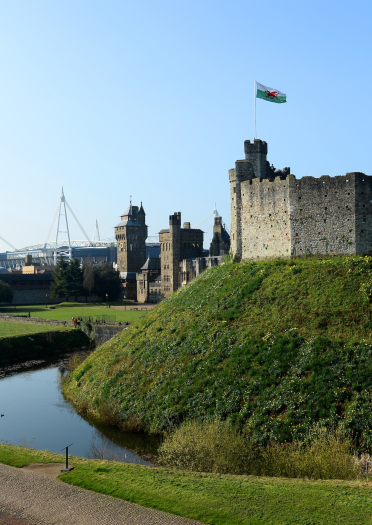
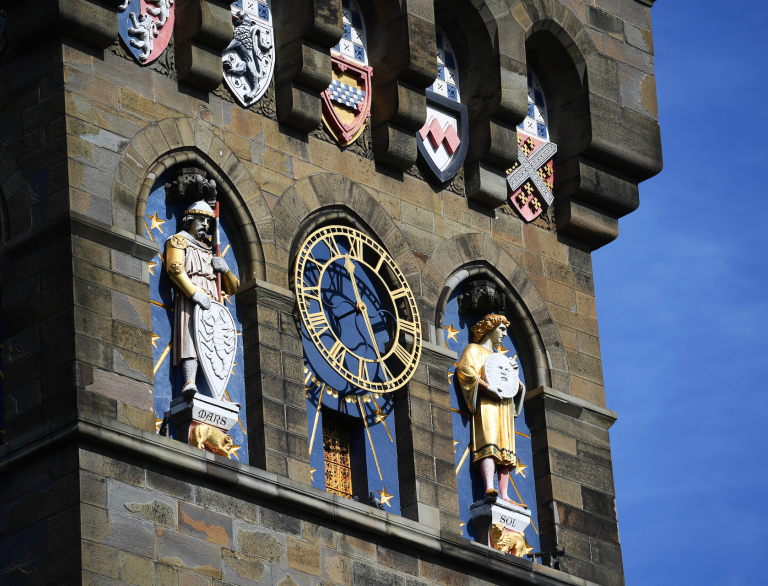
Caerphilly Castle
Caerphilly Castle is the largest medieval fortress in Wales and is thought to be the second-biggest castle in Britain. A picturesque structure, the castle’s curtain walls and towers are reflected in the waters of its elaborate water defences, which were cutting edge at the time.
It was built by Anglo-Norman lord Gilbert de Clare in the 13th century to help wrest control of Glamorgan from the native Welsh prince Llywelyn ap Gruffudd. Modern attractions include a renovated Great Hall, replicas of medieval siege weaponry and the Dragons' Lair, complete with animatronic dragons that are certain to amaze younger visitors.
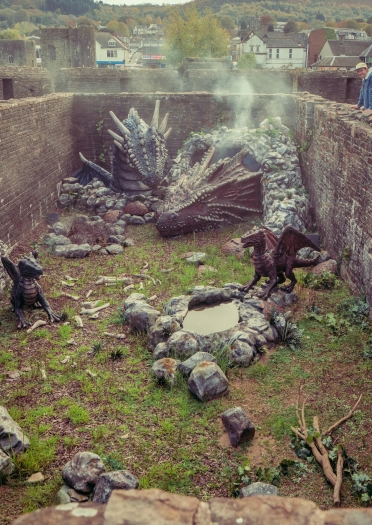
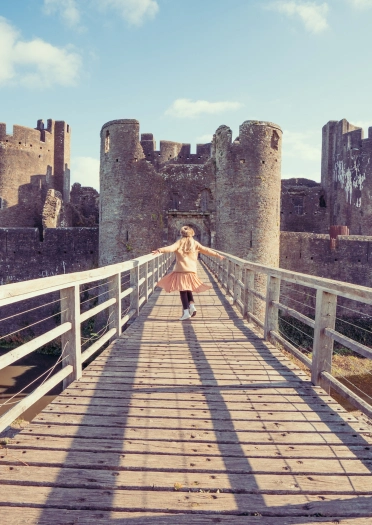
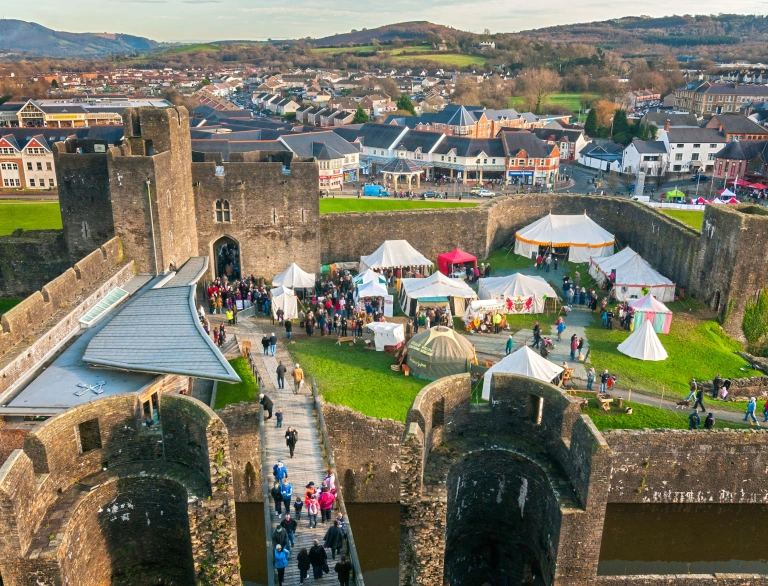
Chepstow Castle
The outstanding Chepstow Castle boasts many claims to fame. Building work began in 1067 by Earl William fitz Osbern, close friend of William the Conqueror, making it one of the first Norman strongholds in Wales. The castle’s Great Tower, modelled upon that of Falaise in Normandy, is the earliest datable secular (non-religious) stone building in Britain, and the structure’s doors are the oldest castle doors in Europe (now on display in the structure’s interior).
Historical significance aside, the castle itself is a wow-worthy structure. Extending along a narrow clifftop ridge, it watches over a long-established crossing of the River Wye, the border between Wales and England.
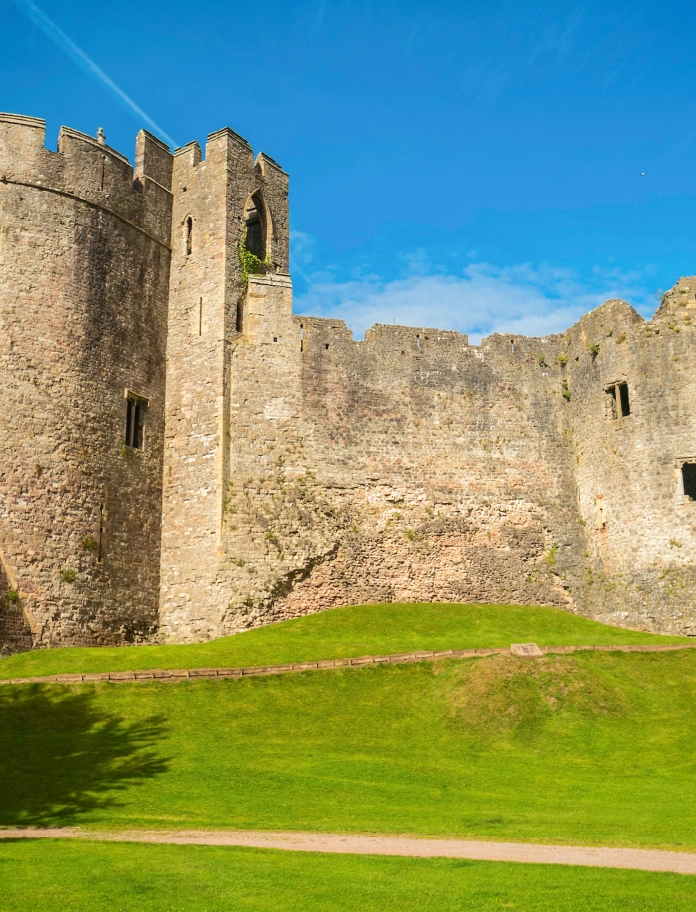
Conwy Castle
The eight lofty towers and grand curtain wall of Conwy Castle makes an immediate impact on visitors, but this 13th-century stronghold hides even more wonders within its once-impenetrable interior.
Built by Master James of St George, the finest military architect of his age, the riverside fortress has been exceptionally well preserved, boasting the most complete set of residential rooms inhabited by the medieval monarchy anywhere in England or Wales – complete with kingly bedchambers, spiralling servant passages and lavish latrines.
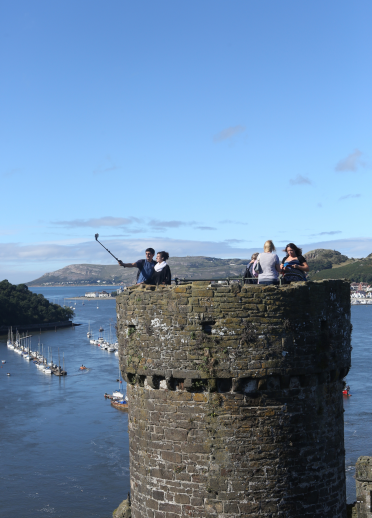
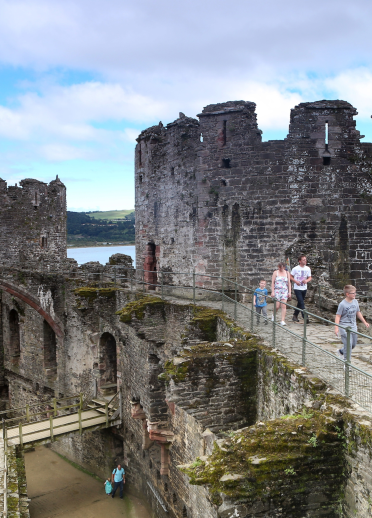
Caernarfon Castle
One of the greatest buildings of the Middle Ages, Caernarfon Castle represents the apex of King Edward I’s ambitious castle building exploits in Wales. Construction took 47 years and cost a near-bankrupting £25,000 (around £23.5 million today) to finance.
The spot between two rivers – the Seiont and the Cadnant – had long been a key strategic site, with the Romans, who knew it as Segontium, building a fort here around AD77. But design flourishes such as polygonal towers and colour-banded stonework hint at Caernarfon’s function as a comfortable royal sanctuary. Edward II, the first English "Prince of Wales" – a title now traditionally taken by the eldest son of the reigning British monarch – was born here in 1284.
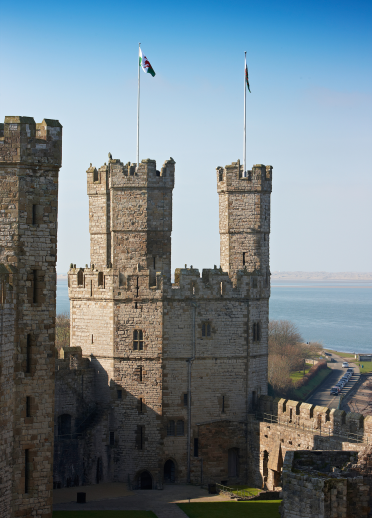
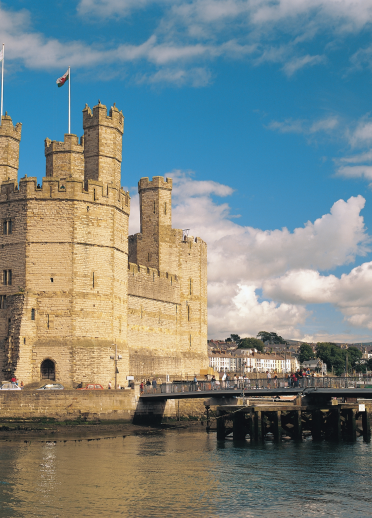
Harlech Castle
Dominating the shores of Cardigan Bay, Harlech Castle played a key role in the national uprising led by Owain Glyndŵr. It fell to his forces in 1404 and became Glyndŵr's residence and headquarters.
It also withstood a seven-year siege, the longest in British history, during the 15th-century Wars of the Roses. The defenders’ heroics are remembered in of one of Wales’ most famous songs, Men of Harlech. Together with the castles at Conwy, Caernarfon and Beaumaris, these Edward I fortresses form one of Wales' four UNESCO World Heritage Sites.
